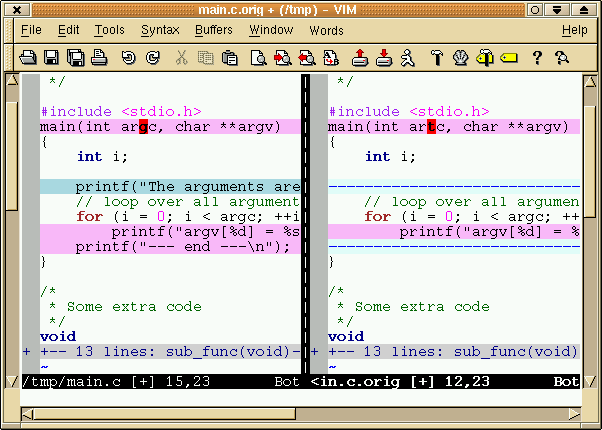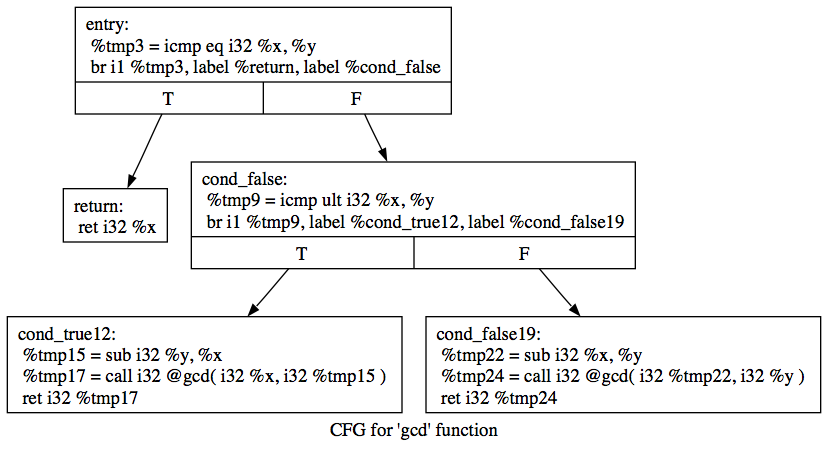Static Program Analysis
Yanyan Jiang
Overview
Deadline of A1 (research proposal): Nov. 4
- Don't procrastinate!
- Ask your supervisor for comments and suggestions!
Static program analysis
- Lexical analysis
- Syntax analysis on AST
- Semantic analysis
Static Program Analysis: Overview
What is Static Analysis?
A program that takes programs as input and produces useful results.
Examples
- Compilers (and optimization passes)
- Static checkers (
-Wall, lint, and more) - Useful results for SE practices
Example: Empirical Study on Variable Naming
What are the style, name, abbreviation, ... of variable names?
- Are they correlated to bugs/code quality/...?
You can study this by treating code as a tokenized text stream
"(a + b) * 2" =>
[ (SYM, '('), (ID, 'a'), (BIN_OP, '+'), (ID, 'b'), (SYM, ')'),
(BIN_OP, '*'), (INT, '2') ]
Example: Differencing Files
How to define “diffs” between two file versions?

The Edit Distance Approximation

- Eugene W. Myers. An $O(ND)$ difference algorithm and its variations. Algorithmica, 1986.
Is Edit Distance a Good Idea?
Open Problem: How to produce even more developer-friendly diffs?
Minimizing edit distance is a good hack
- Lacks semantic explanations to what are changed
- Not work for adding indention, renaming variables, ...
- you can work out a paper on this!
Syntax Analysis on AST
Abstract Syntax Tree (AST)
AST: A tree representation of the abstract syntactic structure of source code
The syntax of a PL is defined by a context-free grammar
- The grammar expansion forms a tree
- Can also infer semantics information (e.g., variable type) on AST
Example: Clang AST Dump
Usage: (linux) $ clang -Xclang -ast-dump -fsyntax-only a.c
int f(int a, int b) { if (b == 0) return a; else { ... } }
|-FunctionDecl used f 'int (int, int)'
| |-ParmVarDecl used a 'int'
| |-ParmVarDecl used b 'int'
| `-CompoundStmt
| `-IfStmt
| |-BinaryOperator 'int' '=='
| | |-ImplicitCastExpr 'int'
| | | `-DeclRefExpr 'int' lvalue ParmVar 'b' 'int'
| | `-IntegerLiteral 'int' 0
| |-ReturnStmt
| | `-ImplicitCastExpr 'int'
| | `-DeclRefExpr 'int' lvalue ParmVar 'a' 'int'
| `-...
Application: Lint
Checks if trivial errors (e.g., style violations)
- Each line is at most 80 characters long.
- Variable names (function parameters) and data members are all lowercase.
- Data members of classes (but not structs) additionally have trailing underscores.
- Avoid using run-time type information (RTTI).
Most of the rules can be checked by source-code scan or AST.
AST for Software Metrics
Halstead’s “software physics”
- $n_1/n_2$: distinct operator/operand
- $N_1/N_2$: occurrences of operator/operand
- program length $N = N_1 + N_2$
- program volume $V = N \log_2 (n_1 + n_2)$
- specification abstraction level $L = 2n_2 / (n_1 \cdot N_2)$
- program effort $E = (n_1 + N_2 \cdot N \cdot \log_2(n_1+n_2) ) / 2n_2$
We can mine correlations between software metrics and quality/maintainability/...
AST for Clone Detection
“我们不生产代码,我们只是互联网的搬运工”
Code clone is killing projects (e.g., high-vote buggy code on Stackoverflow)
- Token-based detection: “CCFinder: A multilinguistic token-based code clone detection system for large scale source code” (TSE, 28(7), 2002)
- Tree-based detection: “Scalable detection of semantic clones” (ICSE'08)
AST for Code Transformation
Code formatting
- GNU indent, bcpp, Google Java format, ...
- Formatting = traversal of AST (with style rules)
Transcompiler (transpiler), source-to-source compiler
- ES6/ES10/JSX → ES5 (for maximized compatibility)
Many other applications in software engineering research
Limitations of AST-based Analyses
Lacks good understanding of program semantics
- E.g., checking that all paths return a value
Hard to do with meta-programming
#define FORALL(X) X(Tom) X(Jerry) X(Spike) X(Tyke)
#define PRINT(x) puts(#x);
// usage: FORALL(PRINT)
Semantics Analysis
Semantics Analysis
Tells you something about program's execution
- whether
foo()is reachable - whether a pointer access is valid (not
NULL, in bound, ...)
Semantics analyses are useful to
- compilers (and optimizations)
- bug/security analysis
- program verification...
char buf[SIZE];
strncpy(dest, src, SIZE);
int len = strlen(dest); // insecure!
A Vision
In 2050, our compiler will reject a program if it cannot prove all assertions in the program.
Seemingly crazy today.
Hardness of Semantics Analysis
A general program analyzer gives you infinite computational power (and thus does not exist!)
Rice's Theorem: All non-trivial, semantic properties of programs are undecidable.
def booooom(): ... # Reachable?
n = 6
while n := n + 2:
sols = [ (i, n - i) for i in range(2, n // 2) \
if is_prime(i) and is_prime(n - i) ]
if not sols: # replace this with halting problem
booooom()
print(f'{n} = ' + ' = '.join(f'{x} + {y}' for x, y in sols))
Semantics Analyses
Suppose that
- Goldbach conjecture holds
- We have infinite memory
A practical static analyzer may report:
booooomis unreachable,printis reachable (sound, complete)booooom, printmay be reachable (sound, incomplete)printis unreachable (unsound, usually problematic to compilers)
Sometimes the term “sound/complete” have reverse meaning in SE papers
Comments on Soundness
A trivial sound reachability analysis:
- Everything may be reachable.
Any sound reachability analysis should do:
- reporting
foounreachable →foois indeed unreachable - Not missing any reachable function
Comments on Soundness (cont'd)
Extremely difficult to prove a function being unreachable!
- Control flow (Goldbach conjecture)
- Dynamic dispatching
lut[name]() - Dynamic code
eval('pri' + 'nt(1)') - Foreign code (C, inline assembly, ...)
- existing analyzers provide limited soundness
Until 2020...
- “Static analysis of Java enterprise applications: frameworks and caches, the elephants in the room” (PLDI'20)
- They're mainly doing reachability analysis!
Implementing Static Analyses
Translate a program to an easier-to-handle representation
- Intermediate Representation (IR) for small-step semantics
- Usually single static assignment (SSA) that each assignment creates a new variable

Examples
Program slicing (ICSE'81)
- Highlights “dependent” code for a given program part
- we used this (simple intra-procedure one) in our ICSE'21 paper
foo(); bar(); baz();
assert(global == 0);
Taint analysis
- See input's “reachable” part
- Useful in many security analyses
Summary
Static Program Analysis
Most SE research use existing analyses as
- Don't expect too much
- Acknowledge the limitations of available tools (analysis is undecidable!)
Related courses at NJU
- Software analysis (by 李樾 & 谭添)
- Formal semantics of programming languages (by 梁红瑾)